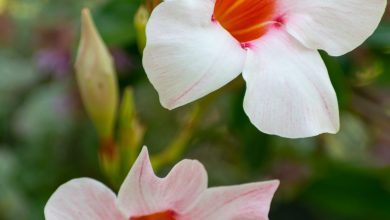Caring for the Turmeric or Siamese Tulip plant
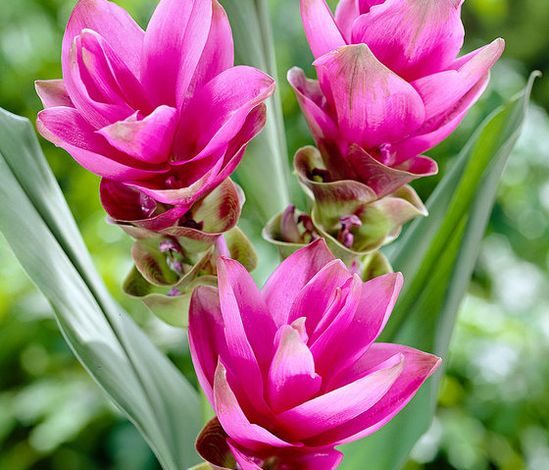
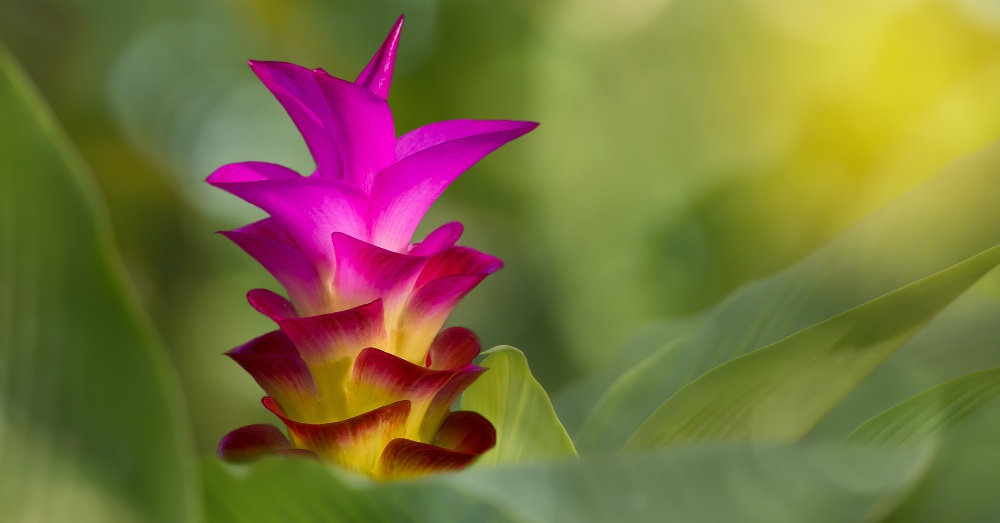
It is a highly decorative plant that, until relatively recently, was unusual in homes. However, in just a few years this plant, also popularly called Siam Tulip, has become essential. A fact that not only responds to its singular beauty but also to the fact that the care of the Turmeric plant makes it very easy for us to enjoy that exotic beauty that we can enjoy, especially in the summer months.
Before looking at what you need in detail, it is worth understanding why the Turmeric plant is so unique. Although for us its main value is ornamental, it is worth knowing that in its countries of origin it has a very different purpose. Originally from Southeast Asia, its cultivation responds to a fundamentally culinary reason: its rhizomes are used to prepare multiple dishes. And not only that: for Asian cultures, the Turmeric plant is an essential crop for those who consider how to create a medicinal garden due to its multiple benefits for our body.
Leaving aside its uses, let’s discover in depth the care of the Turmeric plant. The best guarantee to be able to have among our indoor plants one that is simply irresistible.
WHAT ARE THE CARE OF THE TURMERIC PLANT
As with other exotics, when we investigate the care of the Turmeric plant, we usually do so motivated by the beauty of its flowering. However, it is important to know that the plant, even without a flower, has an important ornamental character that we can use if we ask ourselves how to decorate the house with plants. Its leaves, elongated and oval, have an extremely bright light green hue and are characterized by well-marked nerves. In addition to this, it is interesting to know that with proper care our plant can reach a meter in height. Dimensions that make it even more striking.
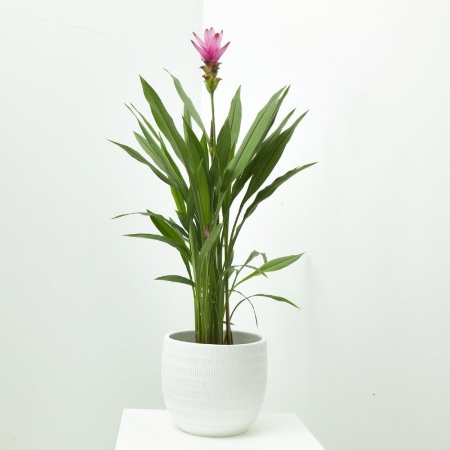
But let’s focus on its main attraction. As happens when we delve into the care of Bromeliads, it is surprising to learn that what we identify as a flower are actually the bracts: colored leaves that protect the true bloom. One that emerges at the end of sticks of a slender nature and that, due to this characteristic, stands out even more among the foliage.
1. Irrigation, one of the most delicate cares for the Turmeric plant
Let’s remember that it is a rhizome plant, so we have to water it very carefully. The ideal is to do it in a moderate way, and maintaining a certain constant humidity in the substrate in the growing months. That characteristic gesture of leaving water in the bottom plate is not recommended either: it could rot our plant.
Although cultivated indoors it does not usually lose its leaves with the arrival of autumn, with the arrival of this season we will begin to gradually reduce the risks. If the leaves turn yellow and disappear, don’t panic! Our plant has not died but has gone into vegetative rest. And no watering: it is not convenient to do it until it is spring again.
2. Environmental humidity, fundamental
We could say essential! Since it comes from jungle climates, one of the cares of the Turmeric plant involves recreating that humid atmosphere that it needs.
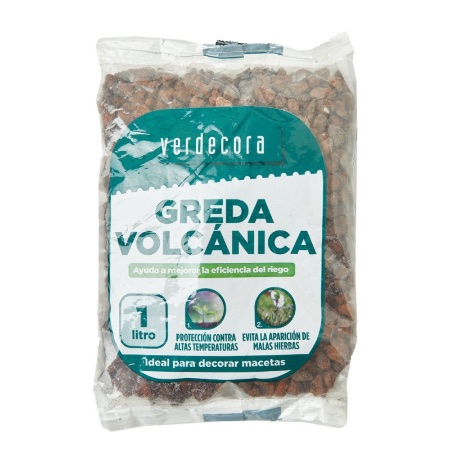
Beyond that we can achieve it with a humidifier, there is another alternative that is also effective so that the Turmeric plant has environmental humidity. It is enough to place a plate with water and an amendment such as volcanic clay, which allows us to separate the base of the pot from the wet part.
3. Light, a necessity to grow and flourish
As a good tropical plant, it needs to be in a space with lots of light. An aspect that not only influences its general well-being but is also essential for it to flourish.
4. The soil, a crucial aspect in the care of the Turmeric plant and when transplanting
Finding the moisture balance without excesses is essential for the good future of the Turmeric plant. A compelling reason to always use a substrate for green plants that favors, through its composition, the elimination of excess irrigation water.
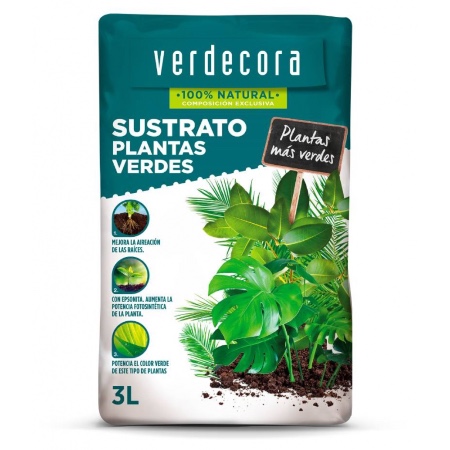
Considering this aspect is fundamental, above all, with a view to transplantation. A task for which we will not only have to know how to transplant a plant correctly but also implies taking into account two important aspects. The first: that this work should only be done when strictly necessary, and always in larger pots to allow its rhizome to develop. And, in addition to this, it is crucial to make a good drainage: it will be key to avoiding the much-feared waterlogging.
5. The temperature, something that we must pamper
And we come to one of the cares of this wonderful plant that we must pamper. Due to its tropical origins, it is a plant that does not get along very well with drops in the thermometer. What’s more: to be well-being, it requires a temperature range between 17 and 21 degrees.
Although it can be grown outdoors in warm climates, it is important to know that the cold takes its toll and that, in case of frost, we will have to say goodbye to our plant. And beware: excess heat does not suit you either. In case more than 35 degrees are registered, we will have to increase the environmental humidity and be more constant with the irrigation.
6. The subscriber, important to help it flourish
With the arrival of spring, the Turmeric plant begins to sprout. It is the beginning of a growth that will continue until the arrival of autumn. Something that should be known to help it flourish, nourishing it with the fertilizer it needs.
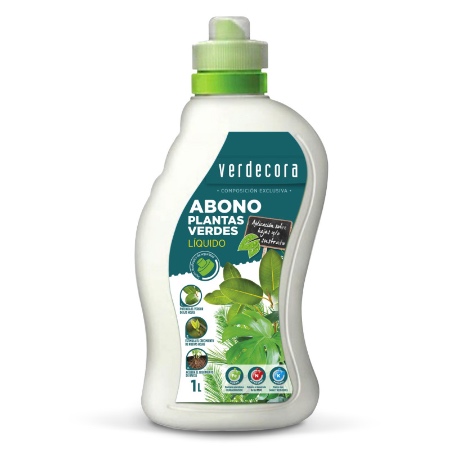
To do this, the ideal is to use a liquid fertilizer for green plants as part of our irrigation water once a month, and without exceeding the indicated amount. An important detail since an excess of fertilizer can play against it.
7. Pests, something that we must control closely
The last of the care of the Turmeric plant that we must take into account. And it is that this beautiful plant has a natural enemy that should be kept at bay: the aphid. A sucking insect that we will have to control with a specific insecticide as soon as we detect it.
And now that you know how to care for the Turmeric plant, enjoy it up close!

![Photo of La Calatea: [Characteristics, Care, Planting, Irrigation and Substrate]](https://www.complete-gardening.com/wp-content/uploads/2022/08/la-calatea-characteristics-care-planting-irrigation-and-substrate-390x220.jpg)

![Photo of How to Plant a Weeping Willow: [Complete Guide + Images]](https://www.complete-gardening.com/wp-content/uploads/2021/06/sauce_lloron_1562928917-390x220.jpg)
